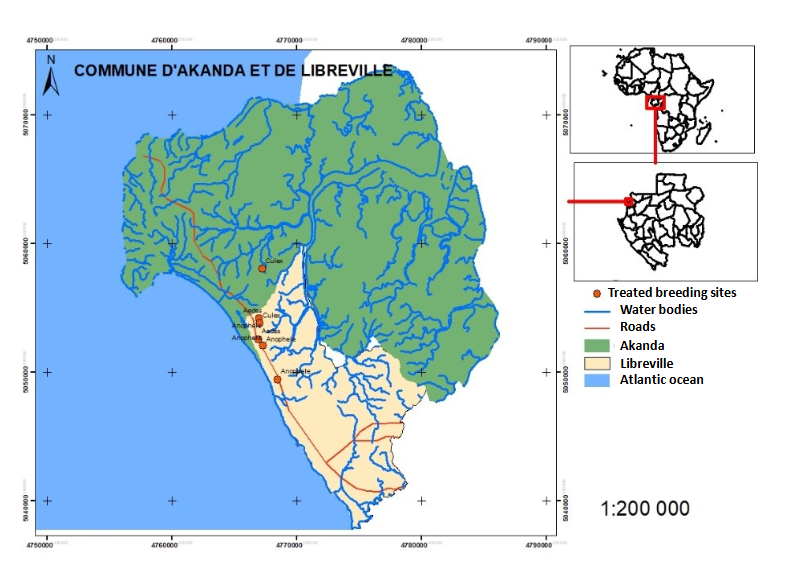Occupational diseases: The prototype of all syndemics?
Abstract
Labour laws play critical roles in people’s lives but rarely are they associated with health risk factors or outcomes. Yet, labour represents, directly and indirectly, the key driver of our health, as dramatically confirmed by the COVID-19 pandemic. This viewpoint discusses how syndemic thinking can explain a link between labour laws and occupational health. Syndemics are synergistic factors among epidemics, which provide a structured way to think about what conditions emerge epidemiologically, interact in the body, and are driven by shared social, structural, political, or ecological factors. Thinking syndemically about these conditions can explain the ways in which legal determinants, such as safety, work hours, wages, and leave, may be associated with poor health, particularly among those lower in social hierarchies. Workplaces can be a critical space for social and financial mobility as well as an opportunity to intervene in the major risk factors that promote poor health.
References
[1]Singer M, Bulled N, Ostrach B, et al. Syndemics and the biosocial conception of health. Lancet. 2017; 389(10072): 941-50. doi: 10.1016/S0140-6736(17)30003-X
[2]Mendenhall E, Kohrt BA, Logie CH, et al. Syndemics and clinical science. Nature Medicine. 2022; 28(7): 1359-1362. doi: 10.1038/s41591-022-01888-y
[3]Marmot MG, Rose G, Shipley M, et al. Employment grade and coronary heart disease in British civil servants. Journal of Epidemiology & Community Health. 1978; 32(4): 244-249. doi: 10.1136/jech.32.4.244
[4]The Lancet. Syndemics: health in context. Lancet. 2017; 389(10072): 881. doi: 10.1016/S0140-6736(17)30640-2
[5]Mendenhall E, Kim AW, Panasci A, et al. A mixed-methods, population-based study of a syndemic in Soweto, South Africa. Nature Human Behaviour. 2021; 6(1): 64-73. doi: 10.1038/s41562-021-01242-1
[6]Bhatia R, Gaydos M, Yu K, et al. Protecting Labor Rights: Roles for Public Health. Public Health Reports®. 2013; 128(6_suppl3): 39-47. doi: 10.1177/00333549131286s307
[7]GBD 2016 Occupational Risk Factors Collaborators. Global and regional burden of disease and injury in 2016 arising from occupational exposures: a systematic analysis for the Global Burden of Disease Study 2016. Occup Environ Med. 2020; 77(3): 133-141. doi: 10.1136/oemed-2019-106008
[8]Ettner SL, Grzywacz JG. Workers’ perceptions of how jobs affect health: A social ecological perspective. Journal of Occupational Health Psychology. 2001; 6(2): 101-113. doi: 10.1037/1076-8998.6.2.101
[9]Rhodes S, Beale S, Daniels S, et al. Occupation and SARS-CoV-2 in Europe: a review. European Respiratory Review. 2024; 33(173): 240044. doi: 10.1183/16000617.0044-2024
[10]De Matteis S. COVID-19: are not all workers ‘essential’? Occupational and Environmental Medicine. 2021; 78(5): 305-306. doi: 10.1136/oemed-2020-107272
[11]Lemogne C, Pitron V. Shedding light on the work burden of long COVID. The Lancet Regional Health - Europe. 2023; 31: 100678. doi: 10.1016/j.lanepe.2023.100678
[12]Masters R, Anwar E, Collins B, et al. Return on investment of public health interventions: a systematic review. Journal of Epidemiology and Community Health. 2017; 71(8): 827-834. doi: 10.1136/jech-2016-208141
Copyright (c) 2025 Author(s)

This work is licensed under a Creative Commons Attribution 4.0 International License.








.jpg)
.jpg)

